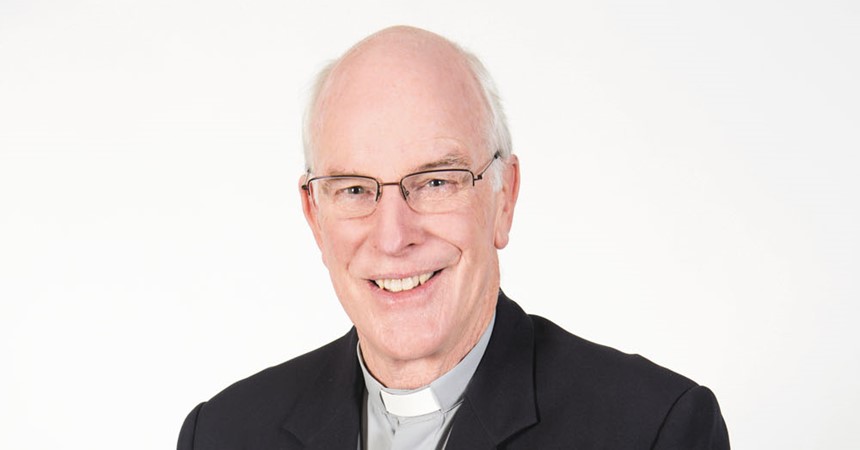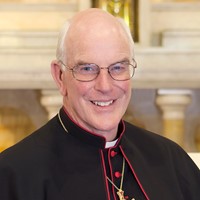Secondly, the major events of WYD itself are elaborate Masses and prayers with congregations in the millions, and I’ve always preferred my liturgy simple and unadorned. So, in many ways, this time away was not the sort of experience that I’d choose for myself. I did it to be part of a diocesan thing.
Let’s say first, then, that it was good and rewarding to be part of a diocesan thing. I loved watching some of our young people as they were fascinated by this or that part of a world, say medieval or renaissance, so different from their own. I loved their questions, their soaking up of a religious culture so different from their own, their curiosity. Some of the conversations I eavesdropped on between parents and kids were the terrific ‘intergenerational’ bridges we’d hoped would happen. It wasn’t all like that – we did have bored kids going through yet another basilica with their headsets plugged into a playlist on their phone rather than the guide’s commentary – but there were enough young people open to lives, thoughts and ways different from their own to make it worthwhile.
I should, no doubt, have explained already that we were on pilgrimage in Europe both before and after WYD in Krakow. We landed in Venice for a couple of days and then made our way through Milan and Padua, Siena, Assisi and Cascia to Rome, before flying to Krakow. After WYD, which is actually a week, we spent a couple of days visiting shrines in Poland before moving on to Vienna and side trips before flying out for Sydney. It was 25 days in all, days 13 to 18 actually at WYD.
Highlights? Well, I think Venice. For many it was the first, sudden experience of a different world and, of course, Venice is different. We were pretty touristy in Venice, to be honest, but even the discovery that Italians don’t know how to make ‘proper’ pizza, serve their coffee half cold and have shower controls that require a degree in engineering to operate, along with the noise and bustle and street life, all these things tell you, ‘we’re not in Kansas anymore’. Many will remember the impact of Venice. For me, another highlight was the archaeological site below the Duomo (cathedral) in Milan. The ‘modern’ (renaissance) Duomo is all a bit tizzy to my taste, but buried away below is the fourth century baptistery. I didn’t know that, and suddenly finding myself standing beside the baptism pool where bishop Ambrose would have stood, where he quite possibly received Augustine up out of the water, induced that strange sense of place, so hard to describe, implied by ‘sacred site’.
For many of our pilgrims, the real sacred site experience came near Assisi, in the Carceri, the hermitage where St Francis retreated to pray. It is, first of all, beautiful, high on the wooded side of Mt Subiaso, looking down across the sweep of the Umbrian hills and plain. But it is also the simplicity, perhaps starkness, of the stone structures clinging to the steep hillside that somehow conveys the sense of this as a place to seek holiness in prayer and austerity. It was quiet and we had the opportunity to wander a bit and think of il poverello, the ‘little poor man’. Other ‘special’ bits of Italy included the wonderful old centre of Siena, the taste we had of a catacomb, a side trip to Pompeii, of course St Peter’s and thereabouts, gelato and the extraordinary skills of our bus drivers negotiating the laneways to our hotel, which fully bore out guide Salvatore’s comment, “In Italy we don’t park our cars, we abandon them.”
To Krakow, then. The Poles, let me say first, did a magnificent job. Accommodating an event for a couple of million people in a middle-sized city like Krakow can’t be easy, but pretty much everything went smoothly and, if there was a particular problem, there always seemed to be a blue-shirted young Polish volunteer on hand to get you back on track with great friendliness and competence. In the mornings the different language groups spread out across their catechetical centres, but in the afternoons and evenings the beautiful centre of old Krakow was alive, not to say crammed, with happy, ebullient masses of pilgrims enjoying being alive and being together from all corners of the earth. I suspect that the real joy of WYD is not in the big events so much as in this informal mixing of young believers, in the shared experience of youth and faith, fun and purpose. The place was happy. For days on end, a city was joyous. And that is as much as I can tell you in one column.























































































